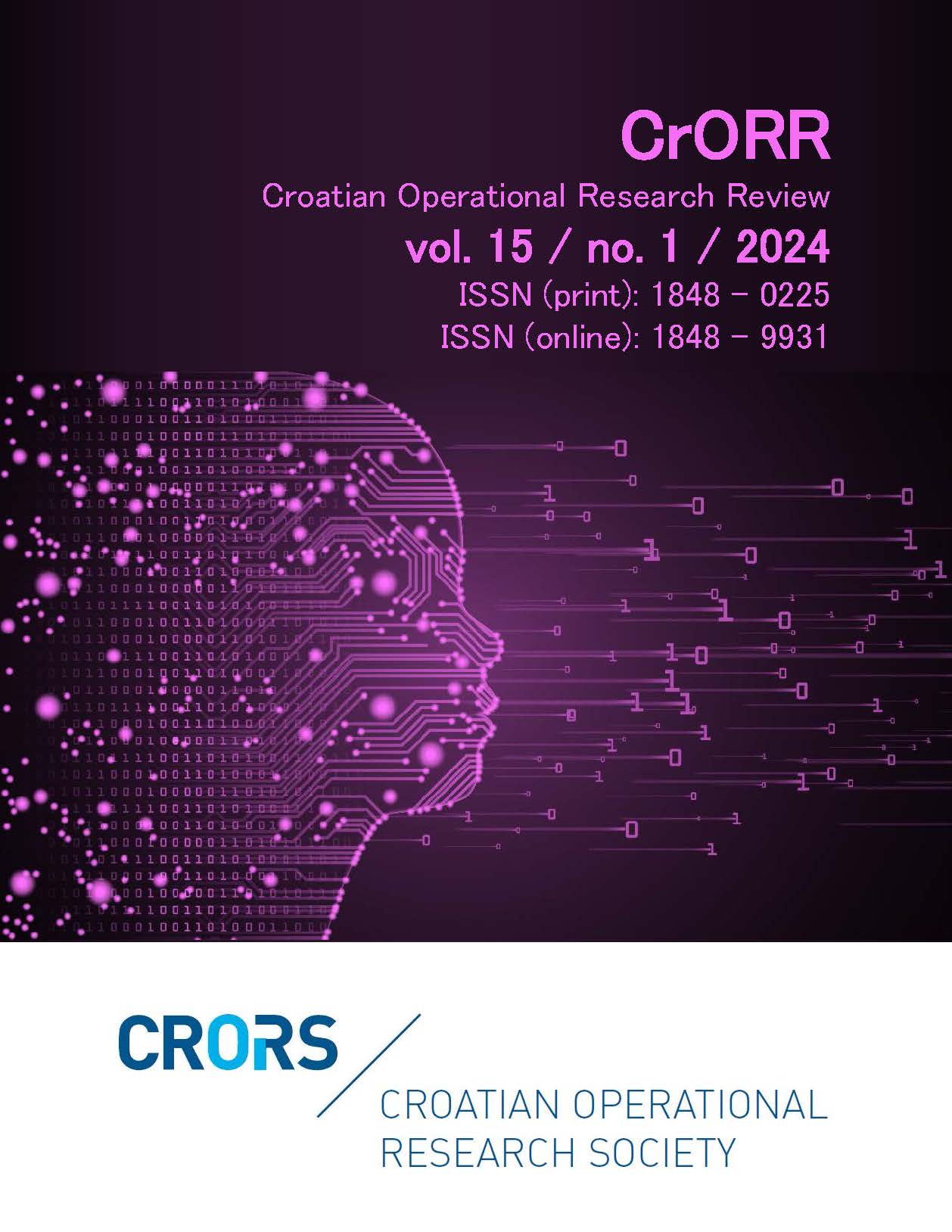Stock assessment using Cumulative Prospect Theory in DEA cross-efficiency model: a case study of the Indian stock market
Abstract
Market volatility is becoming increasingly common as numerous factors are implemented in the financial system. As a result, portfolio managers and individual investors require reliable methods to assess stock performance. This study examines stock assessments using cross-efficiency evaluations in cases where negative data is present. An alternative approach to achieve this goal is to use an RDM DDF-based cross-efficiency model which oversees the negative data. We expand the RDM-based cross-efficiency analysis, which uses row and column average values to select portfolios and identify different groups for stock management. To explore the psychological factors that influence the choices made by stock market investors, we incorporate the cumulative prospect theory value for each stock as an output and the variance as an input to evaluate the overall efficiency of the assets. For the empirical analysis, our study focuses on a sample of 30 stocks listed on the Nifty-50 on India's National Stock Exchange. The results of our empirical study verify that the proposed method can serve as an effective tool for stock selection. This demonstrates how the chosen portfolio gives companies a more diversified and well-balanced approach for selecting stocks, thus improving logical decision-making.
Downloads
Published
Issue
Section
License
- Authors retain copyright and grant the journal right of first publication with the work simultaneously licensed under a Creative Commons Attribution License that allows others to share the work with an acknowledgement of the work's authorship and initial publication in this journal
- Authors are able to enter into separate, additional contractual arrangements for the non-exclusive distribution of the journal's published version of the work (e.g., post it to an institutional repository or publish it in a book), with an acknowledgement of its initial publication in this journal.
- Authors are permitted and encouraged to post their work online (e.g., in institutional repositories or on their website) prior to and during the submission process, as it can lead to productive exchanges, as well as earlier and greater citation of published work (See The Effect of Open Access).


